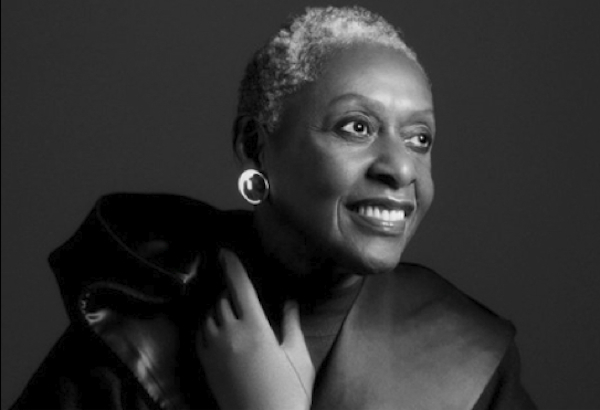
Happy Black History Month!
We’re kicking off our Living Legends Series with one of the fashion’s most catalytic figures: Bethann Hardison.

The CFDA Founder’s award winner and former model blazed trails as the head of her own model management agency, then went on to become the most vocal champion for diversity in the world of style. At the helm of the Diversity Coalition and the Black Girl’s Coalition, she consistently holds designers, casting agents, and advertisers accountable, pushing for racial balance in their creative work.
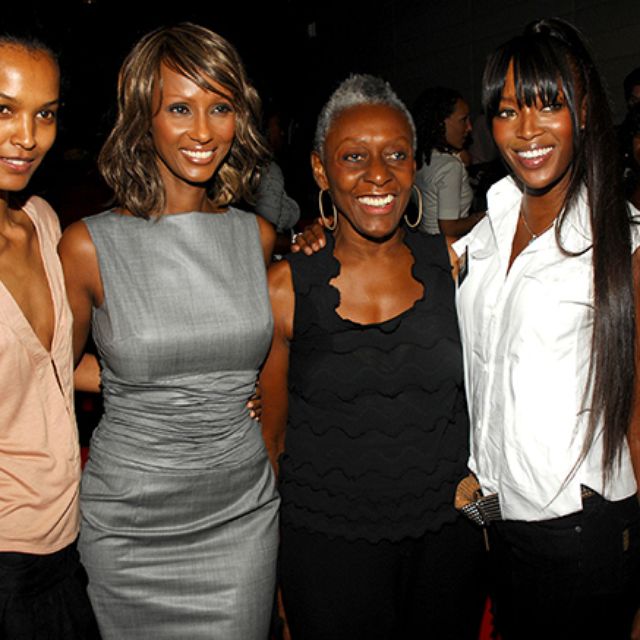
Bethann got her start in the garment district. The Bedford Stuyvesant, Brooklyn native said, “[At] the age of 18 or 19, I got a job at a button factory, so I have been in the garment business all my adult life. After the button factory, I went and worked at lower end dresses, then junior dresses, and then I became a salesgirl in a showroom.” While going about her day to day duties, the beauty caught the eye of designer Willi Smith, who was intrigued by her style and flair. Hardison said, “He sent a note to me and then he asked to meet me. He asked if I would model for him. I [eventually] became his muse.”
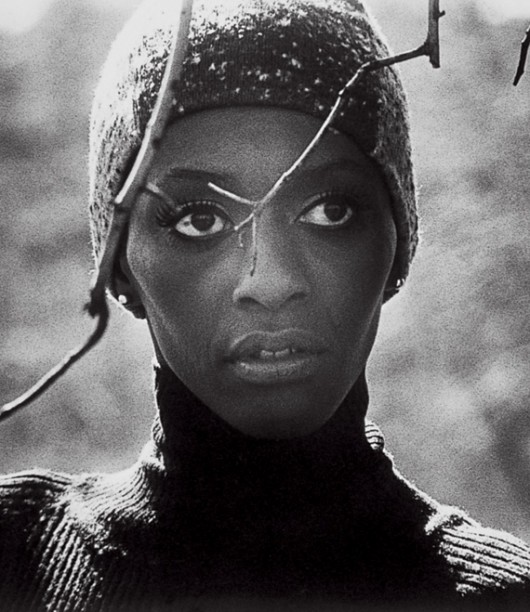
A slew of modeling gigs followed, and Hardison stomped on many the runway, most notably the historic Battle of Versailles, where she famously electrified the elitist crowd (she reminisces, “By the time I hit the end of that stage and I threw the train of my dress down, the crowd went crazy. That very sophisticated, royal crowd, they started to stomp [their feet] and threw their programs in the air.” ). Her career as a runway model was storied, but she truly found her calling when she established Bethann Model Management in 1984.
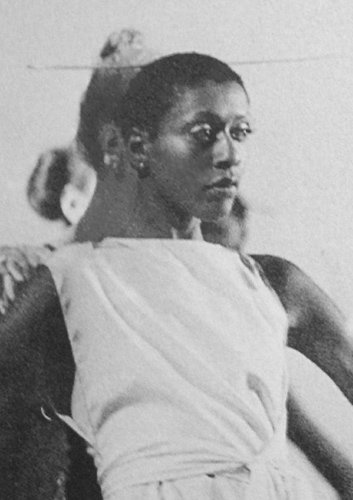
With her agency, she scouted, launched, and managed the careers of Naomi Campbell, Tyson Beckford, and Veronica Webb, among others. It was during her tenure as a model agent where issues of inclusion bubbled to the surface. She says, ” I always had a diverse group of kids. I had the black kids, and the mixed kid, and the Latin kid, and the Asian kid, but the base of my operation and the majority of my girls were white.”

She continues, “I had a girl who was always in Brides magazine. She was commercial, and she worked a lot. When I suggested someone of color, or they wanted someone of color, I’d suggest a girl who was photographed in Vogue by Irving Penn. I would see they would want to pay the white girl much more money, and the girl of color, who was really a top model, comparatively, they would pay her much less. And I just couldn’t understand that. So I would debate that, I would talk about it, I would ask the questions, and say things most things nobody ever said. I would try to wake people’s minds up.”
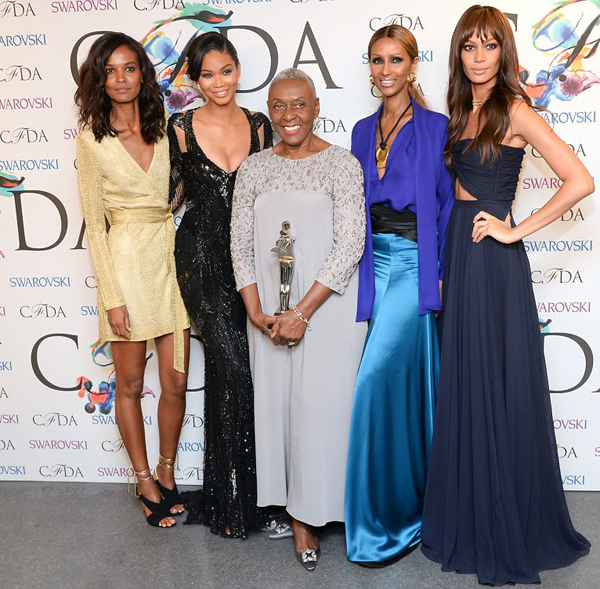
Bethann was able to secure lots of work for every model on her roster, regardless of color. When she took a break from her agency in 1996, an editor in the New York Times surmised fashion diversity would be on the wane. And she said, “I thought, ‘Don’t put that on me, that’s not true.’ But lo and behold, the New York Times was right. Little by little, the model of color started to slowly disappear. By 2000, Naomi Campbell called me and said, ‘You Gotta Do Something.'” In 2007, Bethann held her first town hall meeting (FBD was on the Scene and reported about it here) and began the Blacks in Fashion movement. Years later, we’ve seen vast improvements. Though runways are far from reflective of the world’s variety, typically white washed houses, from Prada to Céline to Saint Laurent, have diversified their typically homogeneous rosters.
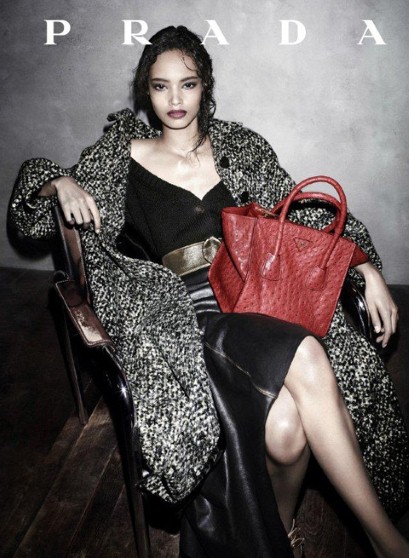
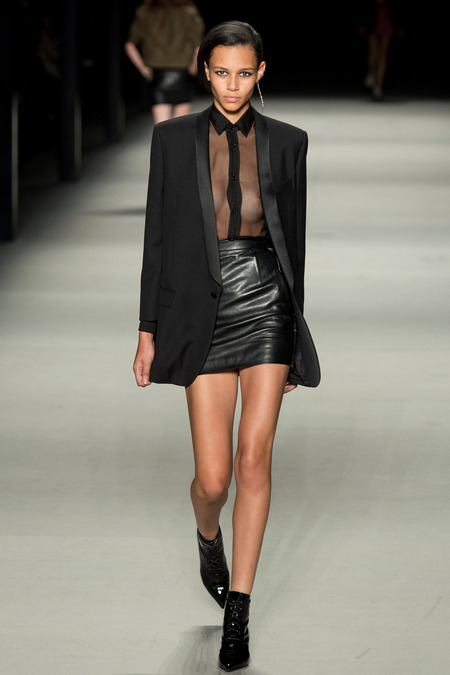
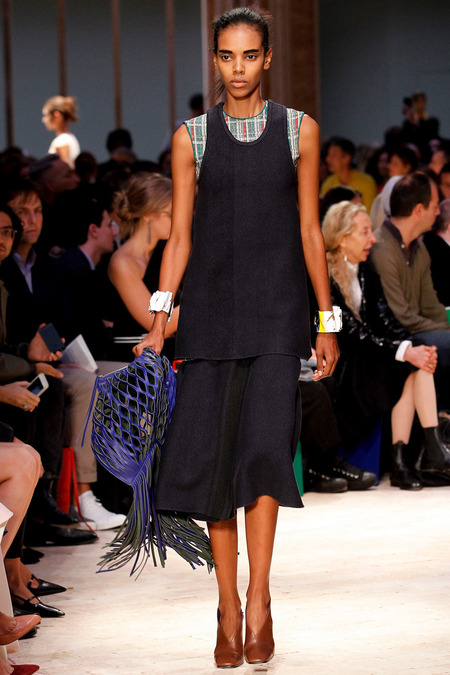
Her advice for people of color looking to break into the fashion industry? She says, “I don’t know if most young people even think to go into a [career] that could be behind the scenes. Everyone pretty much wants to be out front and center, and that’s part of the problem. There are so many arenas in this industry that you could play in that would be helpful to everyone. [You could work in] marketing, advertising, rep photographers, do hair and makeup, be an editor, or a writer of fashion. Everyone wants to be where they can get noticed. If they can just take an interest behind the scenes, they can help shape our whole situation.”
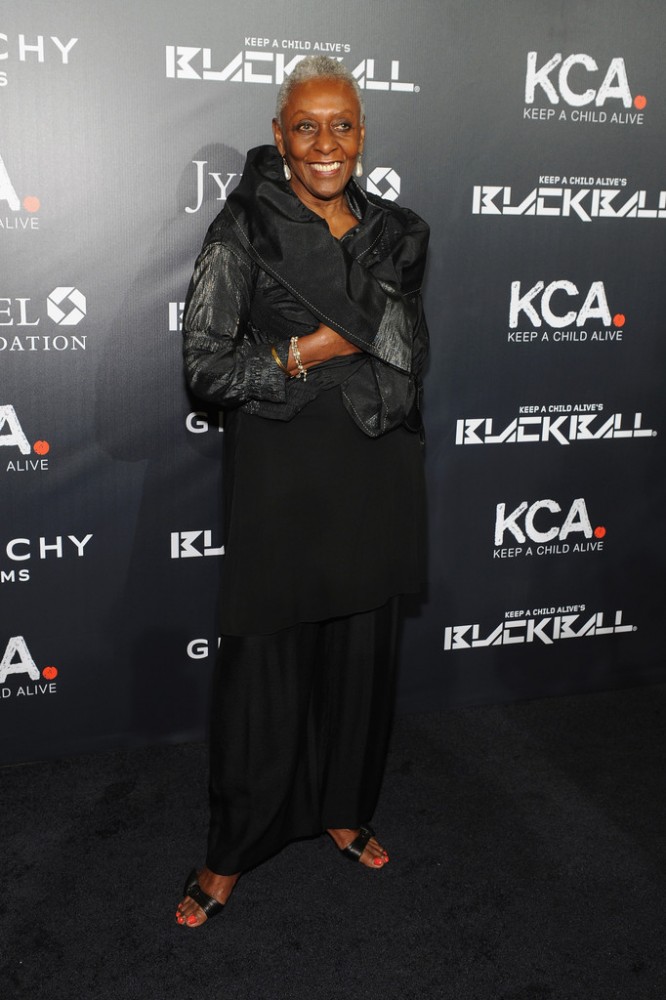
She adds, “Get an academic education. Because it helps. If you’re interested in fashion, I think it’s still great if you get an education because you can [be more competitive].”
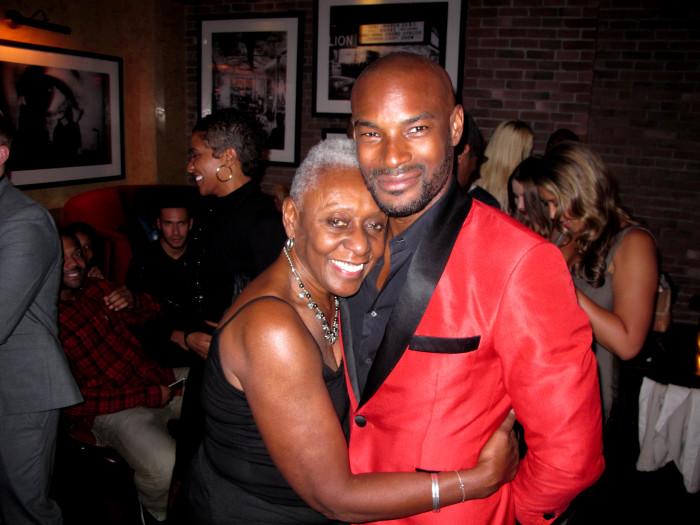
In closing, Bethann says though she’s seen improvements, we still have a ways to go. She says, ” [With black models], I’m not talking 50/50. I’m willing to take 70/30. It just needs to be there.” She continues, “I think it is a Civil Rights issue. It touches all industries. It’s an area that’s kinda glamorous and people don’t care. I’ve seen success, but I’ve never seen the mountaintop. I could say, ‘That’s their world, let’s go do something else.’ But when you’ve been there and you’ve seen it and you watch other people come into the industry and change it and make it go backwards, that’s when it makes you want to bite the bullet and go fight.”

She concludes, “[Most people in the industry] still think that there’s not a problem and ask, ‘What’s the issue?’ As much as the result of what they do is racist, they themselves individually are not conscious racists. What they are is ignorant, and that’s worse to me than a racist. So Civil Rights it is. For Hollywood, television. If we can get the images of color out there as often as we can, it will effect all the industries.” Preach!
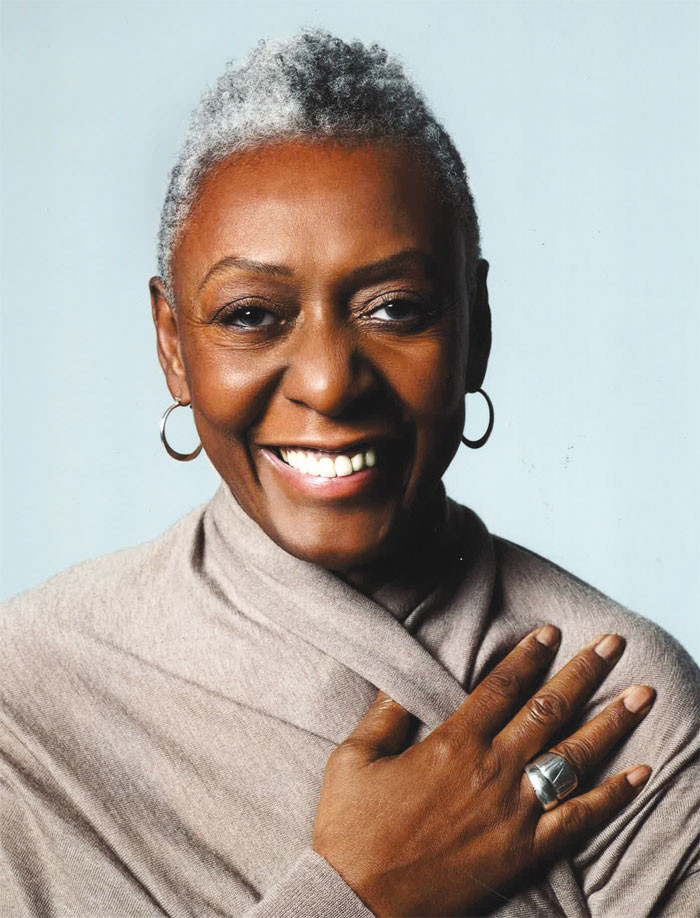
For more Bethann, visit her Facebook page, and follow her on Twitter and Instagram.
And stay tuned for more profiles of Fashion’s Living Legends–those in front of and behind the scenes.
There’s so much to chew on in this post–what do you think?
Images: New York Magazine, Brigitte Lacombe for Paper Magazine, Getty

Simply Inspiring! I love what she stated about everyone wanting to be in the center! It’s true, the youth today rarely has any aspirations to be behind the scenes, they more rather be the face.
It’s hard to get in behind the scenes too now. Ex: Everyone is a stylist now.
I love her and she is truly inspiring!
A Legend
Didn’t know she was Kadeem Hardison’s mother.
Really great piece, she is such an inspiring person. Love what she had to say about affecting change, the fashion industry is more than just runway and styling. There are so many different professions that are involved all of which make a difference.